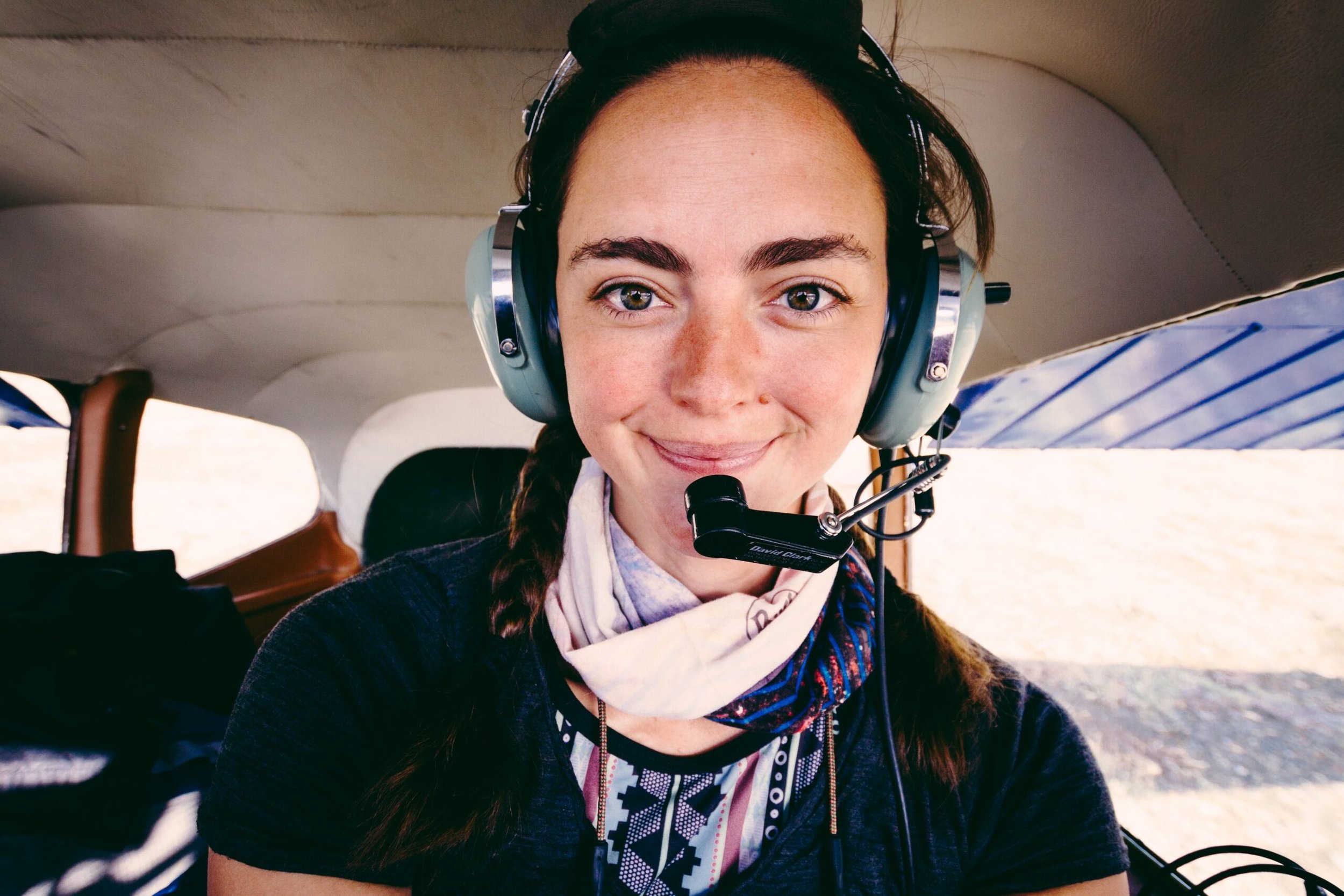Flying high with Ash Gallegos: From MAP fellow to program manager
Five years ago, Ash Gallegos was chosen to be part of the first cohort of MAP fellows. A year later, she was hired by MFF to serve as full-time program manager. Since then, she has coached, advised and shepherded about 100 mentors and fellows. We asked Gallegos for an update on how MAP has changed over the years, and how MAP has changed her.
How did you first learn about the MAP Fellowship, and what was your project as a Fellow? How did your MAP experience help evolve your career?
I came across the MAP Fellowship at a particularly challenging time in my career. Burnt out and feeling diminished, I stumbled on a LinkedIn post about the program. It felt like a career lifeline—a chance to regain a sense of purpose and ambition. To think big again.
As a fellow, I was paired with the Denver Museum of Nature & Science for a brand research project to develop a series of strategic recommendations and craft an RFP for an agency to continue the work after my fellowship. My mentor, Serena Bruzgo, then VP of development and marketing, exemplified the type of leadership we emphasize in the program. She leads with a rare combination of empathy and strategic vision, inspiring those around her to push beyond their perceived limits. Her guidance reignited my passion for social impact and left a lasting mark, for which I’m deeply grateful.
The impact of the MAP Fellowship on my career was so profound that when I was offered the program manager role a few months later, I accepted without hesitation.
How does your experience as a former MAP fellow inform your approach to the search and selection process?
My struggle with imposter syndrome through the program definitely influences my approach to candidate selection today. We’ve designed the application to look beyond achievements, focusing instead on understanding how candidates think, how they approach challenges, and how they generate new ideas. In the past years, our essay questions have been unconventional. For instance, we have asked applicants to choose the most important letter of the alphabet, or to write a SWOT analysis for Dollar Tree. These unique prompts help reveal creativity and critical thinking skills.
When reviewing fellow applications, we are particularly interested in uncovering underlying motivation: What drives the candidate to seek this opportunity? What curiosity or longing brings them to MAP? These insights help us identify candidates that are most prepared to bring their best selves to the challenge, and approach it with passion, humility, and creativity.
Over the past five cohorts, how has the program evolved? How have the projects changed to address emerging issues in the nonprofit world?
In recent years, there’s been a notable shift toward initiatives that emphasize community building and engagement. This trend isn’t isolated to our program; it reflects broader changes in the nonprofit sector. Increasingly, nonprofits recognize the importance of involving stakeholders directly at every stage of their work, from planning to implementation to evaluation. There’s a growing understanding that true impact comes from allowing communities to lead the change rather than imposing solutions from the outside.
So our goal is to cultivate an environment where participants feel empowered to take initiative within the program and in their broader professional lives. We encourage them to leverage community resources, collaborate with peers, and freely share ideas. This change reflects our belief—and the broader work of the Morgridge Family Foundation—that the most valuable insights often emerge from unstructured, authentic interactions among diverse perspectives.
Can you share a success story from a past Fellow that exemplifies the impact of MAP?
Megan McClendon’s project with Shedd Aquarium stands out. She tackled the challenge of connecting with young adults, particularly young adults of color, to spark compassion, curiosity, and conservation for aquatic life. Beyond the project, Megan’s relationship with her mentor has extended to creating a connection that will likely last a lifetime. Megan has been so dedicated and passionate about MAP that we hired her to facilitate the kick-off in Miami for our fifth cohort.
What advice would you give to prospective fellows who are considering applying to MAP?
The most successful fellows and mentors are those willing to experiment, learn, and grow by stepping out of their comfort zones. This openness to exploration is the foundation for making meaningful change. So, take that step—apply!
Read more here about the 2026 MAP challenges and how to apply to be a fellow.



